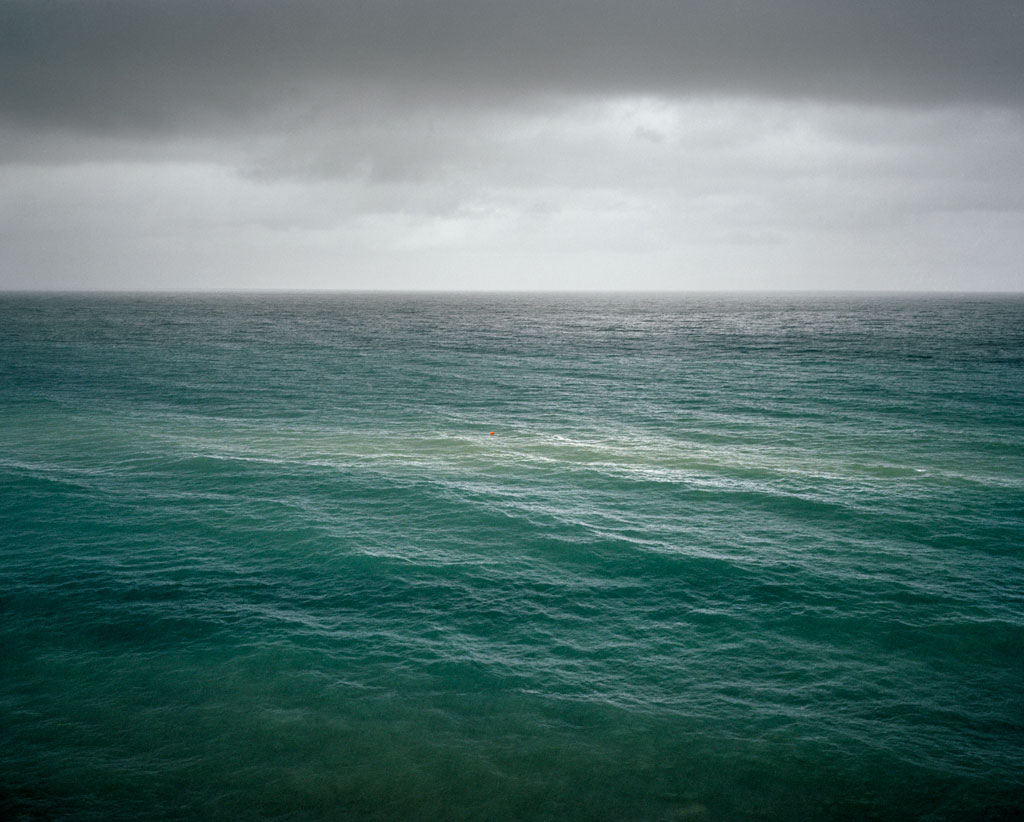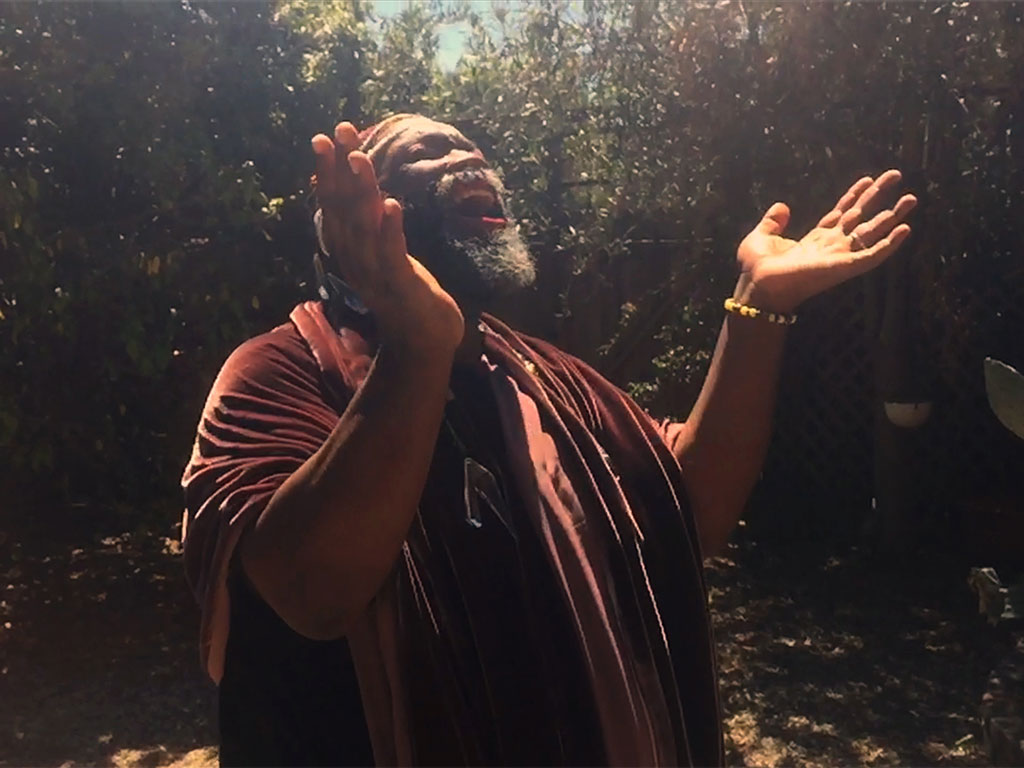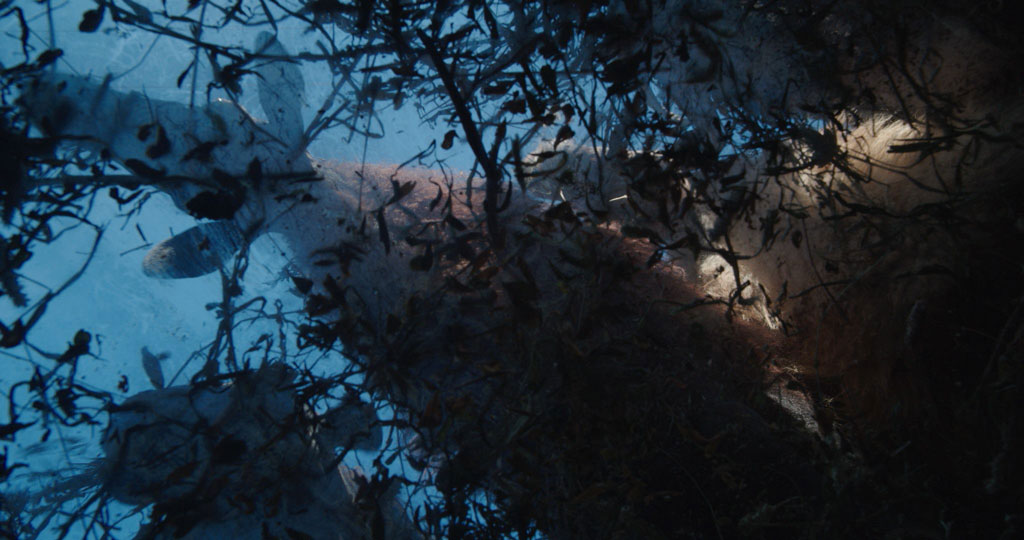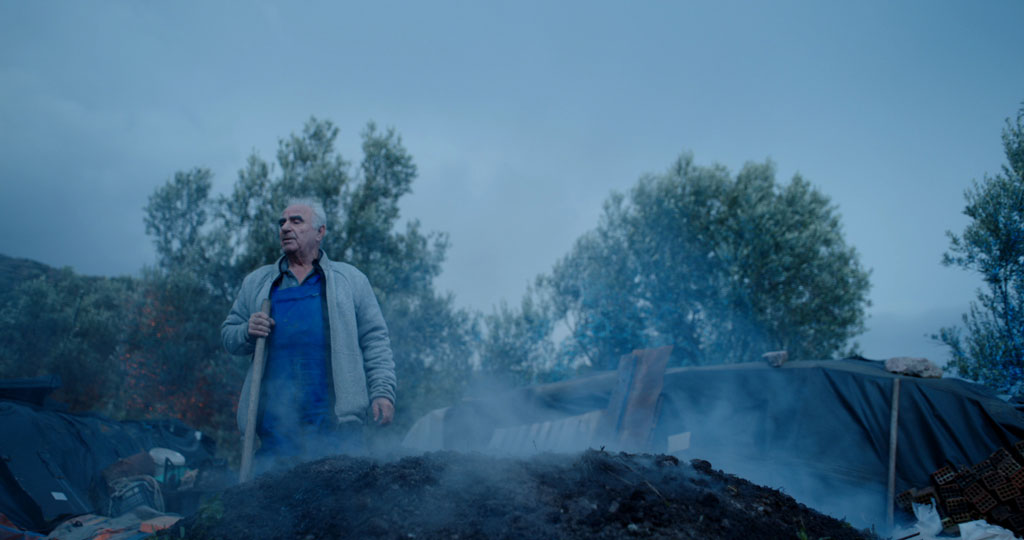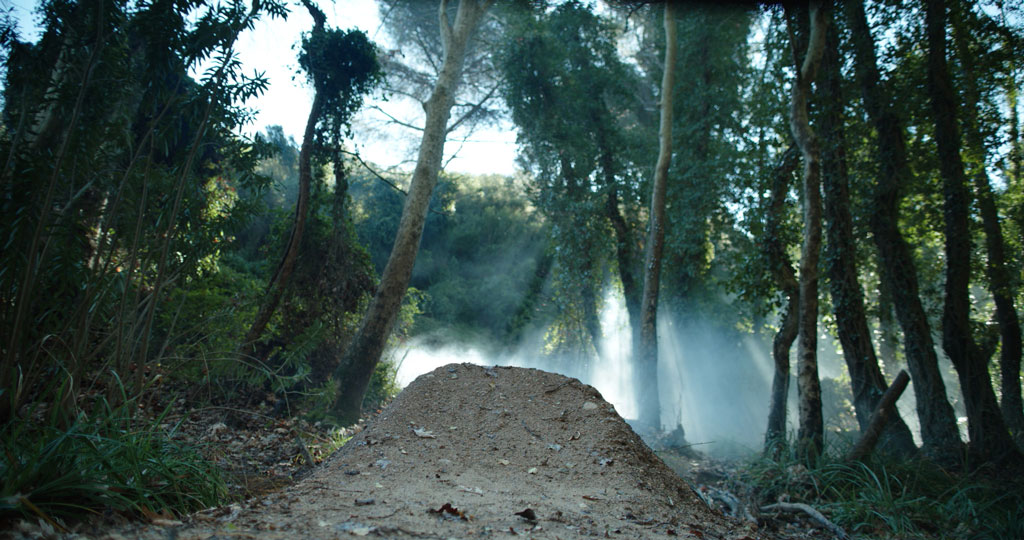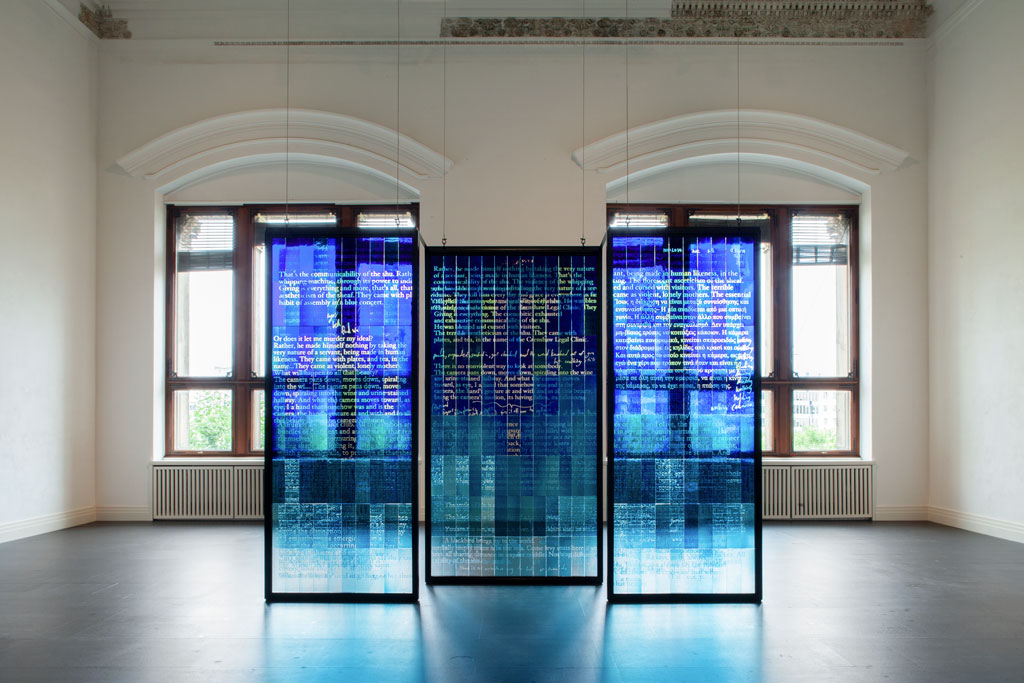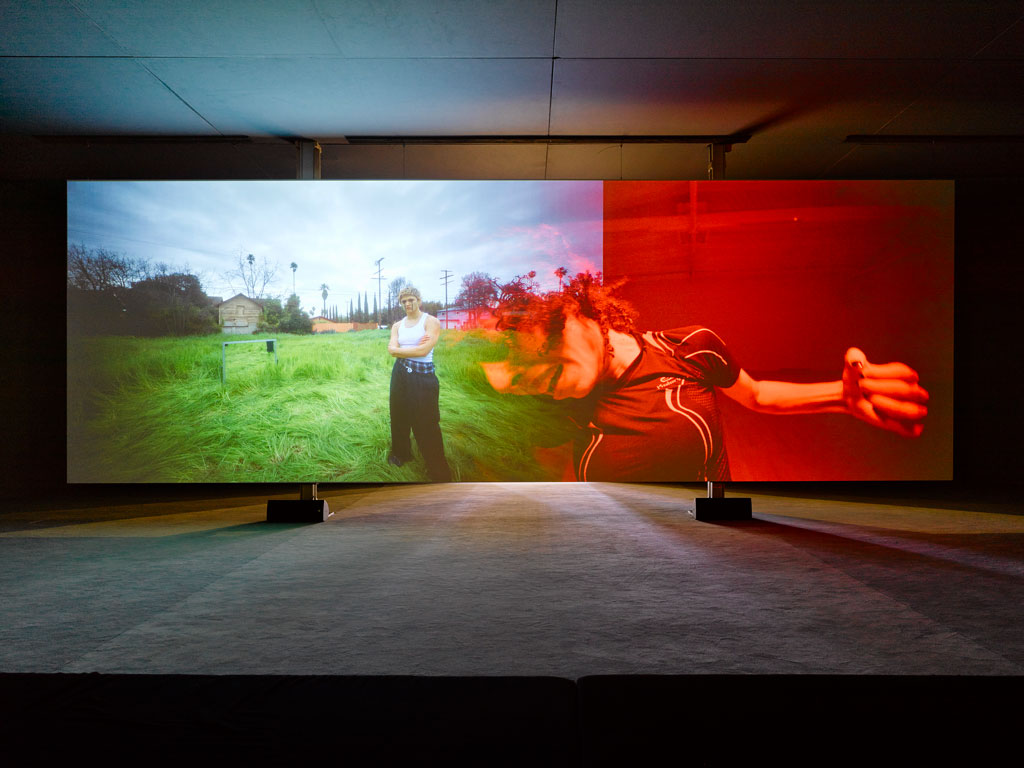ART CITIES:Berlin-Wu Tsang
 Wu Tsang is an artist whose practice focuses on the moving image and performance. In 2018, Wu Tsang was the inaugurating artist of the In House: Artist in Residence programme at the Gropius Bau devised by director Stephanie Rosenthal. In House, a title chosen by Wu Tsang, indicates a year not only of research but also of engagement with the building and its associated communities. Last year she was awarded the MacArthur Genius Grant and previously, in 2016, she was a Guggenheim Fellow.
Wu Tsang is an artist whose practice focuses on the moving image and performance. In 2018, Wu Tsang was the inaugurating artist of the In House: Artist in Residence programme at the Gropius Bau devised by director Stephanie Rosenthal. In House, a title chosen by Wu Tsang, indicates a year not only of research but also of engagement with the building and its associated communities. Last year she was awarded the MacArthur Genius Grant and previously, in 2016, she was a Guggenheim Fellow.
By Efi Michalarou
Photo: Gropius Bau Archive
Following a year-long residency at the Gropius Bau, Wu Tsang’s solo exhibition “There is no nonviolent way to look at somebody” presents a survey of her unique filmmaking practice and is the German premiere of her new film installation, “One emerging from a point of view” (2019). Fusing the registers of fiction and documentary, the artist deploys magical realism as a strategy to reimagine racialised, gendered representations beyond the visible frame and to encompass the multiple, shifting perspectives through which we experience the social realm. In the exhibition, films are shown in dialogue with the artist’s sculptural practice, working with the interaction of glass, light and text, and including a new stained glass commission conceived for the Gropius Bau. The photographer Eirini Vourloumis is one of the protagonists of Wu Tsang’s new film “One emerging from a point of view”. A room in the exhibition displays photographs from her series “The Mermaid Madonna” (2015-19). Hypatia Vourloumis is a performance scholar and one of Wu Tsang’s collaborators. With its hybrid cinematic language, Wu Tsang’s new film “One emerging from a point of view” examines the present and the political, dealing especially with the experience of migration. Filmed on the Greek island of Lesbos, it addresses the current situation that the landscape and islanders have been confronted with: the trauma of forced displacement. In 2015 alone, over 850,000 refugees reached Greece, many arriving at the shores of the island Lesbos, having travelled over the sea to flee war and untenable political circumstances. Documenting within this context, Wu Tsang employs a magical realist approach, allowing the boundaries between fact, fiction and surreal narrative to be intentionally fluid. What has commonly been referred to as a “refugee crisis” is structurally encountered in the film as a crisis of representation. In the face of the impossibility of creating images in the throes of such personal and political trauma, Wu Tsang seeks to create films in which hybridity can gain expression. Stemming from traditions of documentary filmmaking, her approach to the moving image is a central aspect of the exhibition. “One emerging from a point of view” is screened via two overlapping video projections where images cut and bleed into each other, a technique also seen in the 2017 film “We hold where study”. Both films use rigorous camera choreography to entangle disparate worlds and psychological spaces, revealing an indeterminate “third” space, which is produced through the overlapping projections. “We hold where study” (2017) presents choreographic duets in which bodies press against one another and fall in and out of entanglement. Screened as two projections, they overlap at points, creating an in-between cinematic space. Featuring performance artist boychild with dancer Josh Johnson, choreographer Ligia Lewis with Jonathan Gonzalez, and music by Bendik Giske, the film forms part of the artist’s meditation on image-making and mourning. The film responds to an essay called “Leave Our Mikes Alone” by Fred Moten and Stefano Harney, and proposes a visual vocabulary that poetically approaches practices of blackness and queerness through a choreography of bodies that attempts not to collate or collapse, but to enact their difference without separability, to borrow a phrase from the theorist Denise Ferreira da Silva. Wu Tsang’s ongoing collaboration with Fred Moten is palpable in many of her works, particularly “Girl Talk” (2015), where Moten is filmed joyfully moving in a sun-filled garden, overlaid with a haunting acapella by Josiah Wise. With a slightly slowed frame speed, Moten languishes in the sun, emblematic of the heady heat of a summer’s day. In exploring the figure of the drag queen and the mother, Moten and Tsang, poet and artist, remain unfixed in any one persona. Collaboration as a strategy for entering into what she terms “in-betweenness” is an integral part of Wu Tsang’s practice. In her works she consciously layers the gestures, words and voices of others, allowing multiple perspectives to emerge. In keeping with this, the exhibition includes the photography of two of Wu Tsang’s key collaborators, boychild and Eirini Vourloumis. Their photos are shown in the rooms preceding “We hold where study” and “One emerging from a point of view” respectively, prefacing the film installations in which boychild and Vourloumis each play central roles. For Wu Tsang, the site-specific stained glass sculpture “Sustained Glass” (2019), allows for an aesthetic encounter with opacity, as what is presented is a text that cannot fully be read and a material that is not fully see-through. The act of seeing is understood not as an empirical search for understanding, but as an act infused by mystery, where seeing becomes a devotional field of feeling. The work is also inspired by her direct engagement with the Gropius Bau during her residency in 2018, and a broader continuation of the artist’s exploration of working with light and glass.
Info: Curators: Stephanie Rosenthal and Clare Molloy, Gropius Bau, Niederkirchnerstraße 7, Berlin, Duration: 4/9/19-12/1/20, Days & Hours: Wed-Mon 10:00-19:00, www.berlinerfestspiele.de
